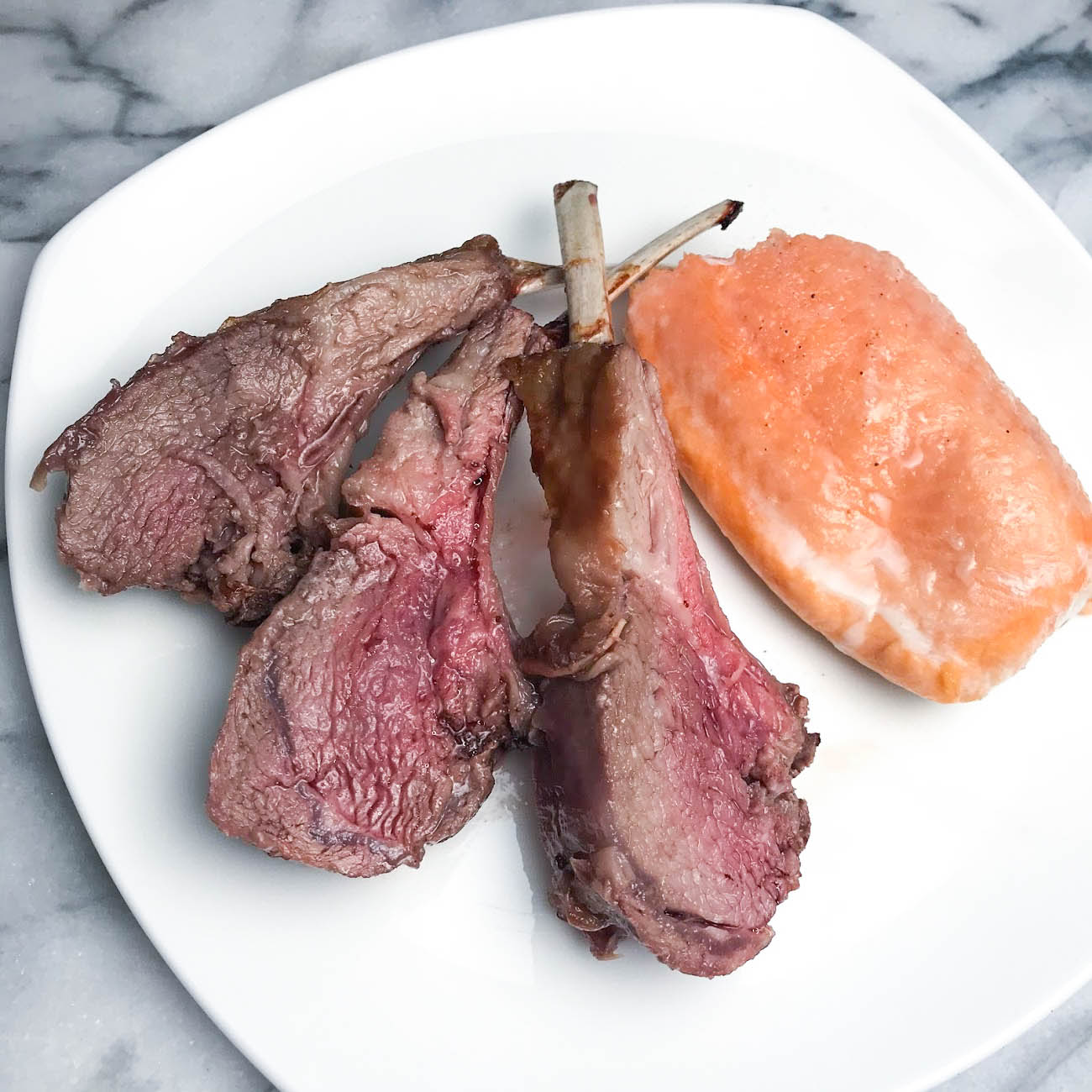Welcome to today’s carnivore diet update! This edition focuses on a critical aspect of the carnivore lifestyle that many practitioners overlook: proper macro tracking and why it can make or break your results.
The Importance of Fat-to-Protein Ratios on a Carnivore Diet
Research and clinical experience suggest that the ideal fat-to-protein ratio on a carnivore diet is approximately 2:1 by calories (not by weight). This ratio optimizes ketone production, provides sustainable energy, and helps avoid common pitfalls like protein overload or insufficient fat consumption.
Many carnivore dieters experience plateaus or energy fluctuations around 6-8 weeks into their journey, which often coincides with gradually shifting away from this optimal ratio. When this happens, several issues may arise:
- Decreased energy levels, particularly in the afternoon
- Increased hunger despite adequate caloric intake
- Stalled weight loss or muscle gain
- Digestive discomfort or changes
Sample Carnivore Day with Optimal Macros
Below is an example of a well-balanced carnivore day for a moderately active individual weighing approximately 180 pounds:
Breakfast:
- 4 eggs (24g protein, 20g fat)
- 6 slices of bacon (18g protein, 30g fat)
- 2 Tbsp butter for cooking (0g protein, 22g fat)
Lunch:
- 10oz ribeye steak (60g protein, 80g fat)
- 2oz bone marrow (2g protein, 24g fat)
Dinner:
- 8oz salmon (46g protein, 22g fat)
- 2oz pork rinds as a snack (18g protein, 9g fat)
- 1oz heavy cream in tea (0.5g protein, 10g fat)
Daily Totals:
- Protein: 168.5g (674 calories)
- Fat: 217g (1,953 calories)
- Total Calories: 2,627
- Fat Ratio: 2.9:1 by calories
For most carnivore dieters, this ratio provides optimal metabolic function while supporting muscle maintenance and energy requirements.
Performance Impact of Proper Macro Balance
Tracking studies from carnivore diet researchers show significant performance differences when practitioners maintain optimal fat-to-protein ratios:
- Sustained energy levels throughout the day
- Improved workout performance, particularly in strength and endurance exercises
- Better recovery times between training sessions
- Reduced post-workout hunger and cravings
- Improved sleep quality and duration
These benefits typically become apparent within 3-5 days of correcting imbalanced macros, with full adaptation occurring over 2-3 weeks.
Practical Strategies for Optimizing Carnivore Macros
For those looking to adjust their carnivore diet to achieve optimal macro ratios, consider implementing these evidence-based strategies:
- Strategic fat addition: Incorporate supplemental fats like butter, tallow, or bone marrow to leaner protein sources to balance macros without reducing protein intake.
- Cut selection: Choose naturally fatty cuts like ribeye, chuck, and 80/20 ground beef over leaner options like sirloin or round steak.
- Organ meat incorporation: Include moderate portions of organ meats, which often provide better nutrient density while maintaining favorable fat content compared to muscle meats.
- Fat-first approach: Begin meals by consuming the fattiest portions first, which triggers satiety signals and may naturally limit protein overconsumption.
Selecting the Right Macros Calculator
Not all nutrition calculators handle carnivore diet requirements effectively. When selecting a macros calculator, ensure it includes these key features:
- Specific carnivore diet settings (not just ketogenic)
- Adjustable activity level inputs
- Options for different goals (maintenance, weight loss, muscle gain)
- Food database that includes various meat cuts with accurate fat content
- Ability to track ratios by calories rather than just grams
Several specialized carnivore calculators now exist, with varying features and price points. The most comprehensive options offer meal suggestions based on remaining daily macro targets and integration with food tracking apps.
Experimental Approaches to Macros
Advancing research in the carnivore space suggests several experimental approaches that may benefit specific populations:
Higher Protein Phases Short-term increases in protein intake (shifting to a 1:1 ratio) may benefit those engaged in intensive resistance training or muscle-building phases. These phases typically last 2-4 weeks before returning to standard carnivore ratios.
Cyclical Fat Loading Some practitioners report benefits from cyclical approaches—3-4 days at standard ratios followed by 1-2 days of significantly higher fat intake (3:1 or higher). This approach mimics natural feast/fast cycles and may help overcome plateaus.
Dairy Experimentation For those who tolerate dairy well, strategic incorporation of high-fat dairy products (butter, cream, certain cheeses) provides an efficient method for increasing fat macros without additional protein. A structured elimination and reintroduction protocol can determine individual tolerance.
Community Findings on Optimal Ratios
Data collected from carnivore communities indicates that optimal ratios vary somewhat based on individual factors:
- Highly active individuals often thrive with slightly higher protein ratios (1.5:1)
- Those focused primarily on weight loss may benefit from higher fat ratios (2.5:1)
- Men and women may have slightly different optimal ranges, with women often reporting better results at the higher end of fat consumption
- Age factors significantly, with older carnivores typically requiring less protein for optimal results
Tomorrow’s Focus: Micronutrient Optimization on Carnivore
Tomorrow’s update will explore how to optimize micronutrient intake while maintaining ideal macro ratios, with particular attention to incorporating strategic organ meat consumption and the debate around supplementation on a carnivore diet.
Resource Alert: For those interested in diving deeper into carnivore diet macro tracking, our comprehensive guide includes printable macro charts for common meat cuts, tracking templates, and calculator recommendations. Find it in the resources section of our website.
